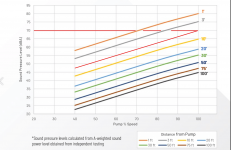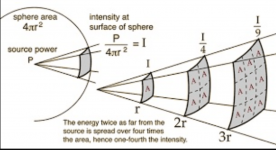- Jul 31, 2009
- 49
- Pool Size
- 27000
- Surface
- Vinyl
- Chlorine
- Salt Water Generator
- SWG Type
- Pentair Intellichlor IC-60
I keep reading that these pumps are so quiet you have to touch them to know they’re running. Mine is 70db (via a couple different apps) and audible clearly from way over 100 feet away with a rather high pitched frequency. Sounds rather like a vacuum cleaner and is easily that loud.
I’m annoyed after two days. Can’t imagine years of this.
Do flow and/or rpm settings make that much difference? Pool pro set a 50% flow rate for day and a 30% flow for overnight.
I’ll contact Pentair too, but this is nuts! I found an older brochure for Intelliflos that tout 45 dbs. Didn’t see anything like that in the Intelliflo3 docs. Could they have changed that much!???
I’m annoyed after two days. Can’t imagine years of this.
Do flow and/or rpm settings make that much difference? Pool pro set a 50% flow rate for day and a 30% flow for overnight.
I’ll contact Pentair too, but this is nuts! I found an older brochure for Intelliflos that tout 45 dbs. Didn’t see anything like that in the Intelliflo3 docs. Could they have changed that much!???





.jpg.aspx?lang=en-US)